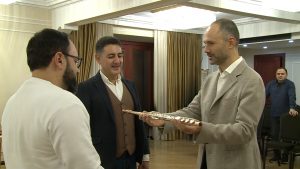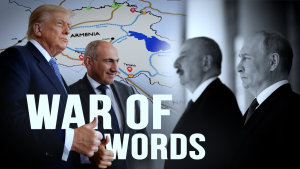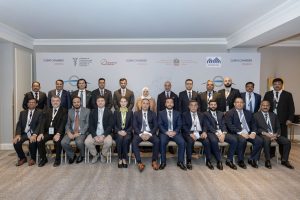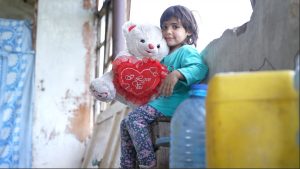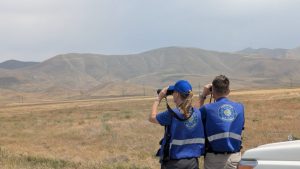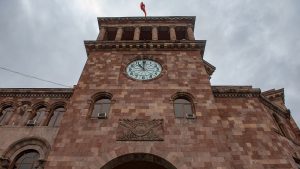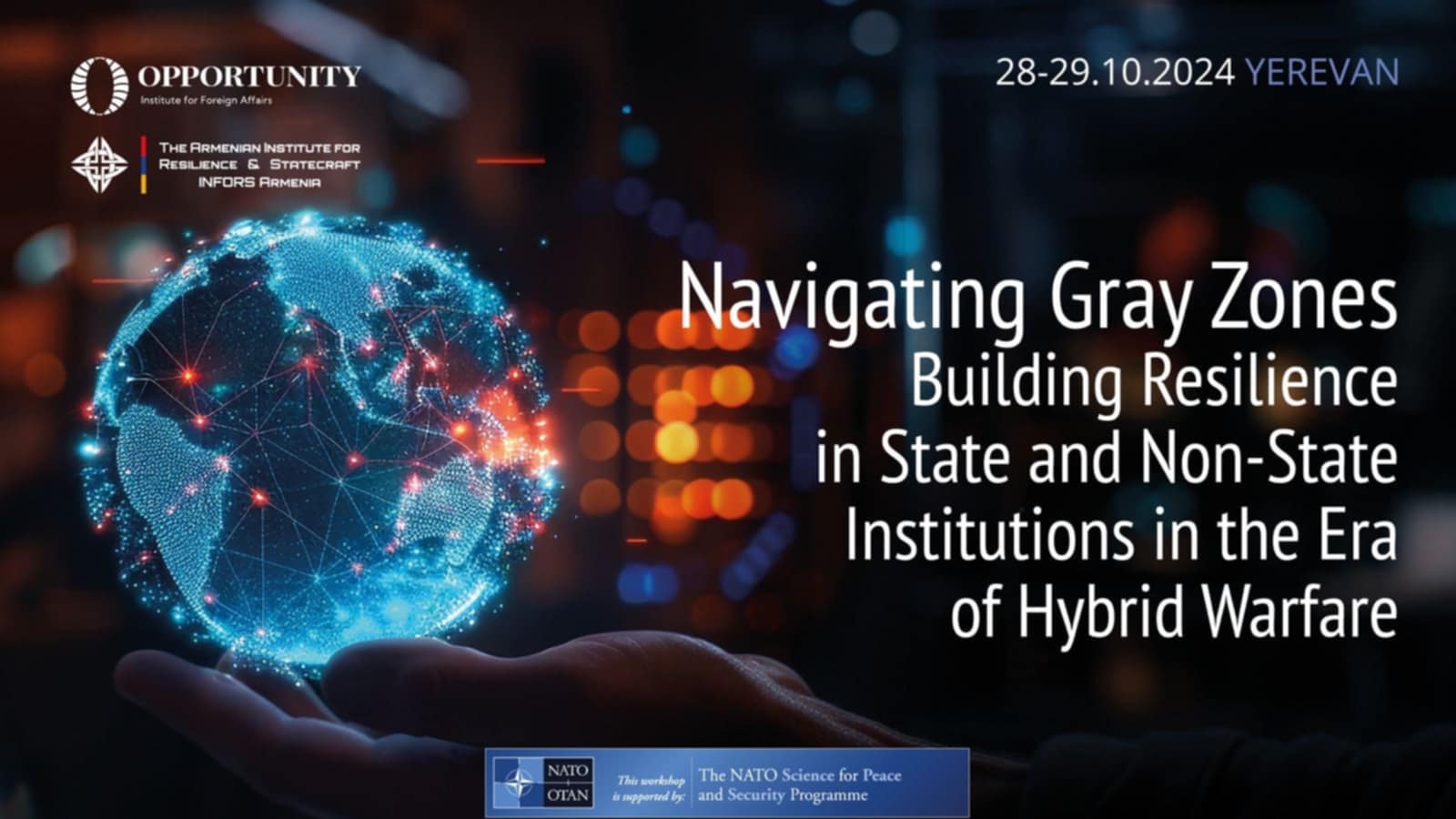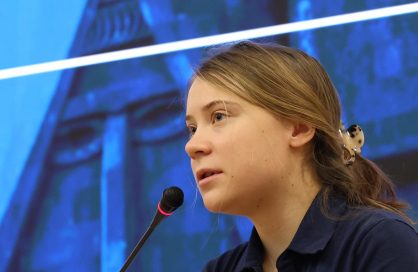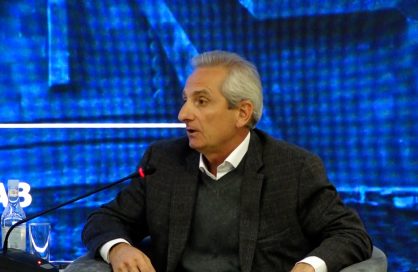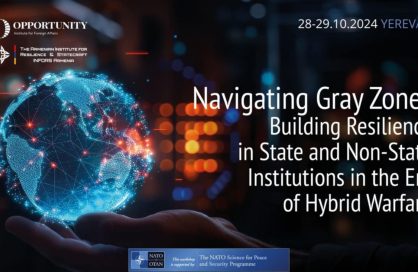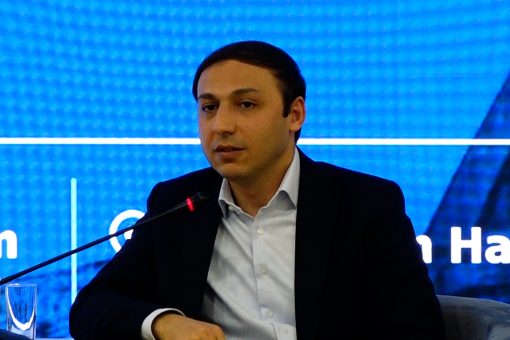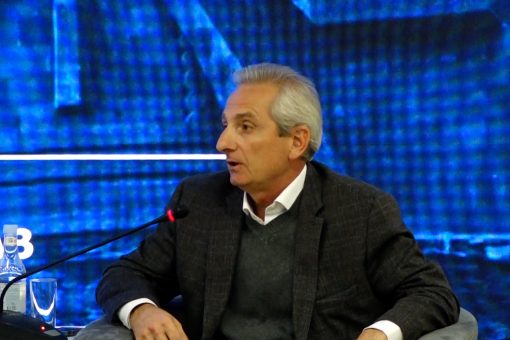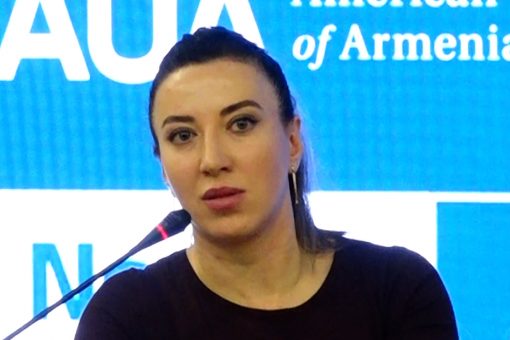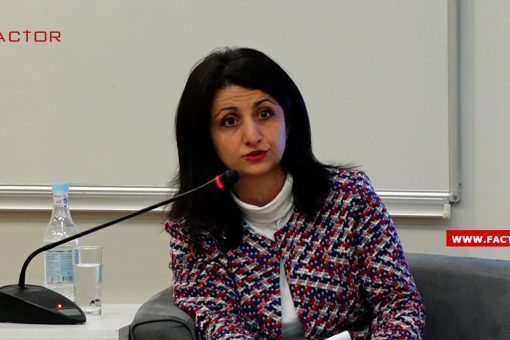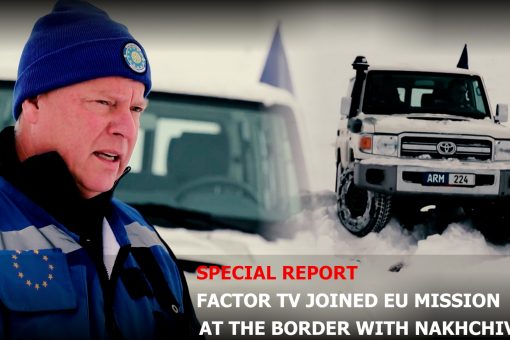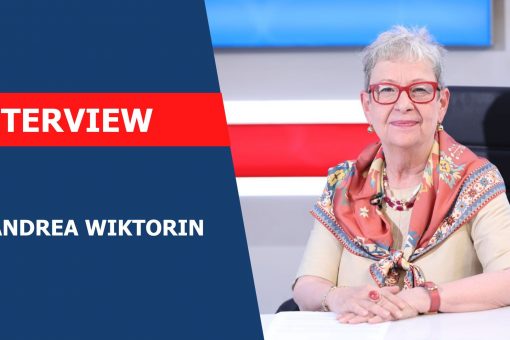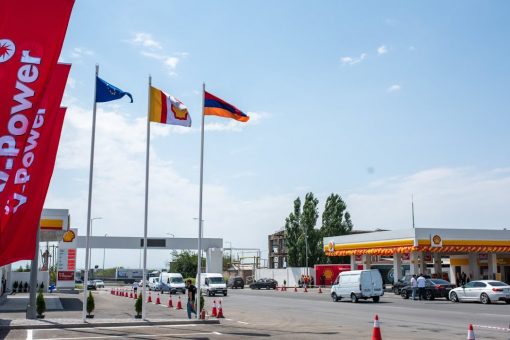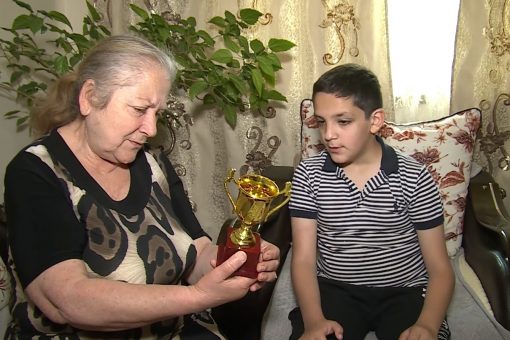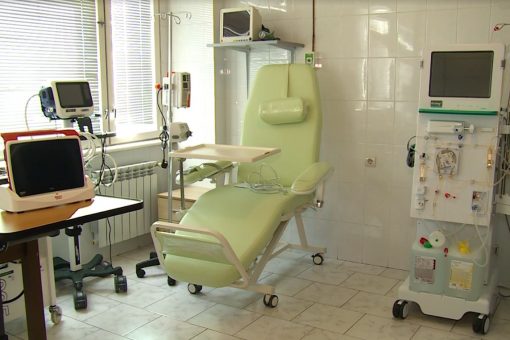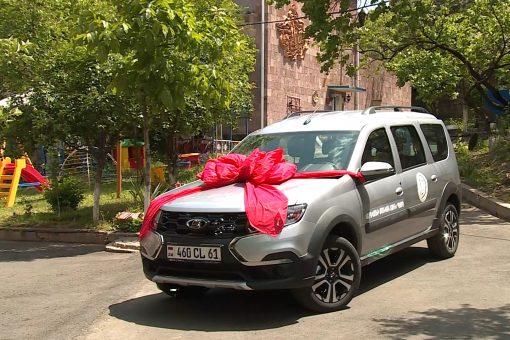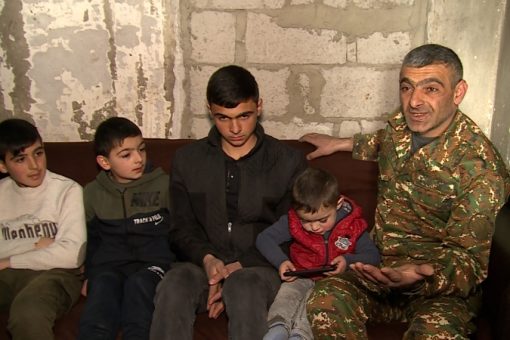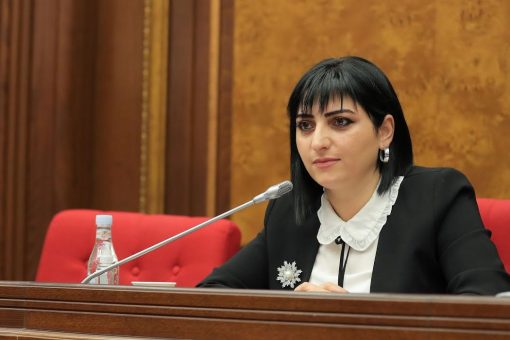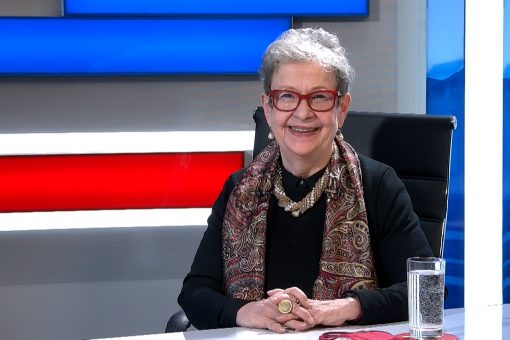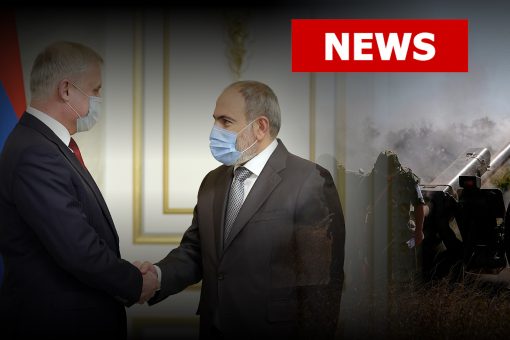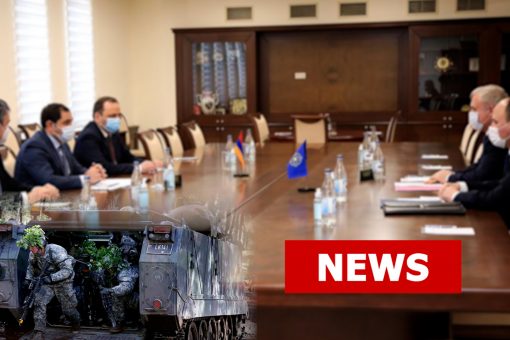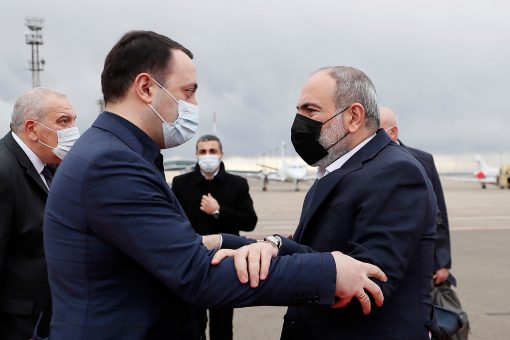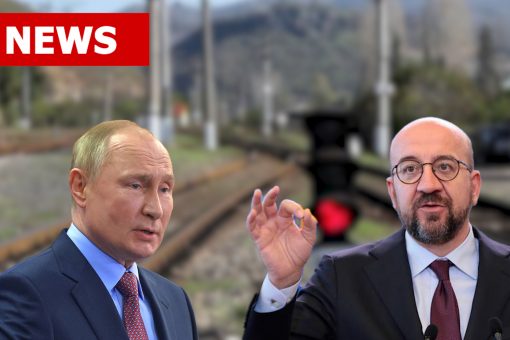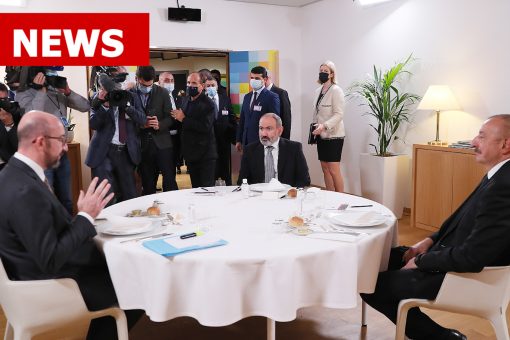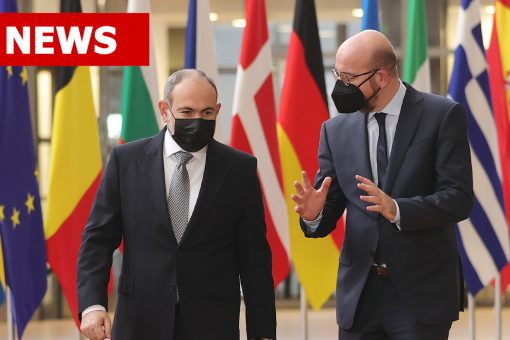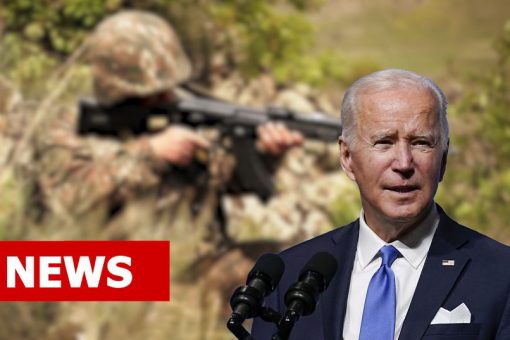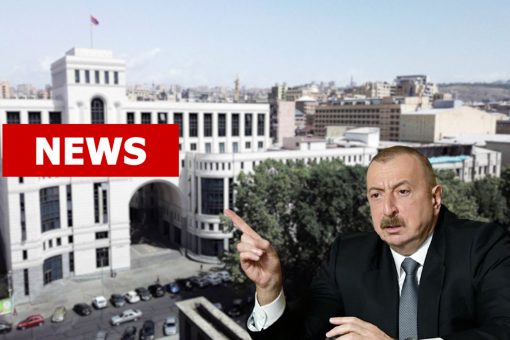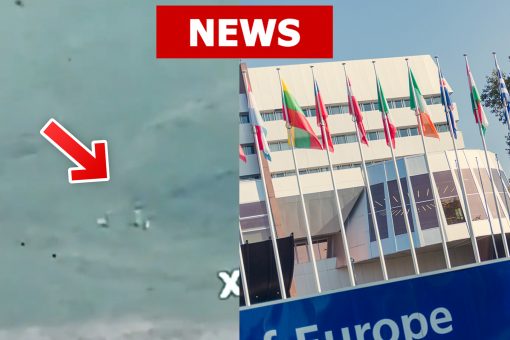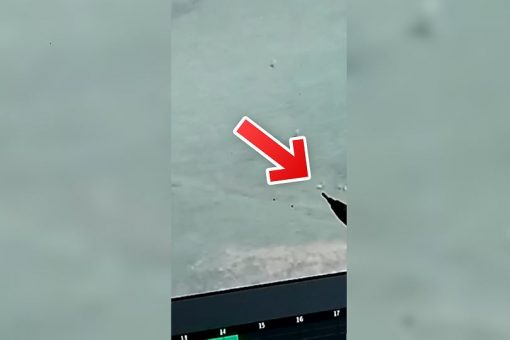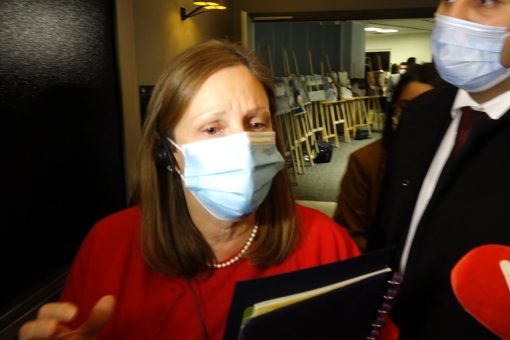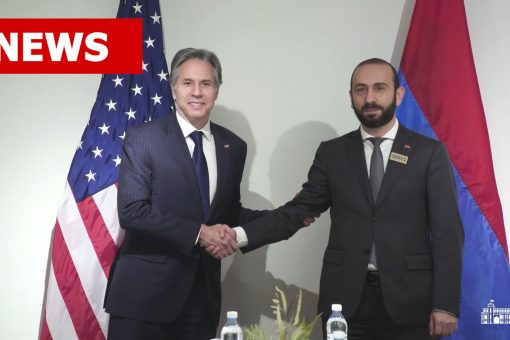What EU should do to resolve Nagorno-Karabakh conflict – International Crisis Group calls on the organization to play an active role
POLITICS
08.10.2021 | 19:15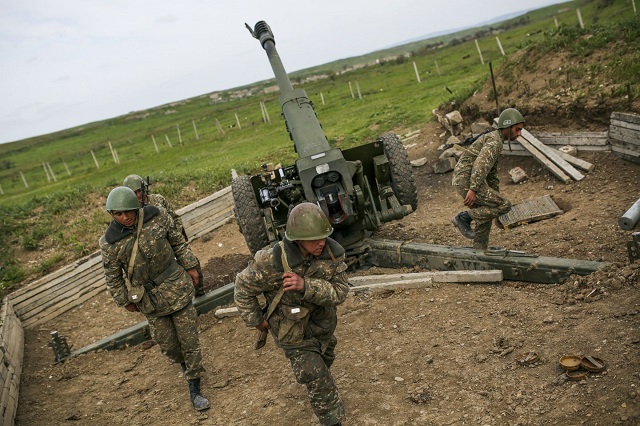
The Brussels-based International Crisis Group (International Crisis Group), which deals with conflict issues, has published its Watch List 2021 – Autumn Update, which also touches upon the Artsakh conflict.
Almost a year after a Russian-brokered ceasefire ended the 2020 war in Nagorno-Karabakh, Azerbaijan and Armenia remain at loggerheads. With Armenian forces withdrawn, Russian peacekeepers now patrol the part of Nagorno-Karabakh that remains outside Azerbaijani control, but they are operating without a detailed mandate and risk being stretched too thin. Meantime, Baku and Yerevan have not begun to talk about resolving post-war tensions, much less wrestle with the political status of the breakaway region, over which Azerbaijan and Armenia fought a war in 1992-1994. The Organization for Security and Co-operation in Europe (OSCE) Minsk Group, charged with managing the peace process, stands ready to help, but Baku has been recalcitrant, saying that after the 2020 war that format is no longer relevant.
The situation thus remains unstable, with soldiers fortifying positions along the new front lines that separate Azerbaijani troops from local forces under the control of Nagorno-Karabakh’s de facto authorities. Tensions are also running high along the new, undemarcated sections of the border between Azerbaijan and Armenia, where opposing forces regularly exchange fire, resulting in casualties. Meanwhile, politicians on all sides trade barbs addressed both to their own constituencies and to one another.
This status quo affords international actors little space for engaging the conflict parties. Nonetheless, the European Union (EU) should keep facilitating the communication necessary to dampen tensions, as it has been doing since combat ended. It should also devise incentives that could, at some point, help bring real progress. To this end, it will need to work with Moscow, which has peacekeepers on the ground and the most leverage over the conflict parties.
The EU and its member states should:
- Press Baku and Yerevan to begin talks to address post-war issues, including demarcation of the new borders between Armenia and the regions reclaimed by Azerbaijan in the 2020 war and other measures to stabilise the situation on the ground.
- Urge the sides to enable aid to reach people in Nagorno-Karabakh who need it, even if resolution of the region’s long-term status remains elusive.
- Work with Russia, France and the U.S. to keep possibilities open for the OSCE Minsk Group’s return to a mediating role, and continue shuttle diplomacy to mitigate tensions and resolve immediate problems.
- Explore the extension of development assistance to uncontested border areas, beginning with a comprehensive needs assessment. Based on that assessment, be prepared to support separate projects in Armenia and Azerbaijan, cross-border cooperation on non-political issues, or both.
Continued Tensions
Six weeks of fighting from 27 September to 9 November 2020 took over 7,000 lives in and around the disputed region of Nagorno-Karabakh – an ethnic Armenian-majority enclave in Azerbaijan that declared its independence in 1991 and has been at the centre of tension and conflict between Yerevan and Baku. The 2020 hostilities fundamentally changed the situation on the ground. Azerbaijan regained control of a key town, Shusha, along with some of Nagorno-Karabakh’s mountainous areas and most of seven adjacent territories that Armenian troops had seized in the 1990s. Two weeks after the Moscow-brokered ceasefire came into effect on 9 November, Armenia withdrew its soldiers from the remaining adjacent territories, leaving them in Azerbaijan’s hands. Russian peacekeepers deployed to the parts of Nagorno-Karabakh that remained outside Azerbaijan’s control and along the road corridor that connects the region to Armenia through Lachin, the main town in one of the adjacent territories returned to Baku.
While the 9 November ceasefire ended the fighting, it did not bring a stable peace or resolve the longstanding questions about Nagorno-Karabakh’s political status that underlie regional instability. Before the ink had dried on the ceasefire statement, Azerbaijani and local forces under the direction of the de facto Nagorno-Karabakh defence ministry began building new barracks and digging trenches along their new, much longer front line. The peacekeepers Moscow has deployed have kept things fairly quiet in the spots where they are stationed. But in places where there are no Russian forces, including along some sections of the Azerbaijani-Armenian state border, troops regularly exchange fire, leaving casualties on both sides.
The area between Armenia’s Gegharkunik region and the neighbouring Kelbajar district, now regained by Azerbaijan, has been the most volatile. In May 2021, as the snows began to melt, Azerbaijani soldiers established new observation posts in the mountains overlooking the new, but as yet undemarcated, border between the two regions. Armenia accused the Azerbaijanis of invading its territory and deployed its own soldiers forward. In late July, clashes culminated in a six-hour battle, with the sides using small arms, machine guns and grenades. While the bullets that strayed into nearby villages did not kill any civilians, the fighting left seven soldiers dead and eight wounded before calls from the Russian general staff to counterparts in Baku and Yerevan brought it to a halt. The casualty count from this and other clashes subsequent to the 9 November ceasefire is ten dead and twelve wounded.
More fighting seems likely if Azerbaijan and Armenia do not demarcate a border that takes into account changes in territorial control following the 2020 hostilities. But talks on this and other issues require a go-ahead from political leaders in both countries, and that approval has thus far not come. Baku and Yerevan are also impeding the delivery of humanitarian aid by each insisting that access arrangements must mirror their respective visions for the region’s political status. Armenia wants aid to flow both through its territory and Azerbaijan’s, while Azerbaijan insists on treating the territory as under its sovereignty and fully controlling access. Both governments refuse to budge, fearing that acquiescing in these matters would prejudice the eventual resolution of the territory’s status. This inflexibility when it comes to issues that touch in any way on the region’s status not only has humanitarian implications but creates risks for civil society actors on the two sides, who may be painted as traitors for wishing to engage one another and to tone down the increasingly antagonistic rhetoric in both countries.
Relations are so strained that the very framework for negotiations is now in limbo. For over 25 years, the OSCE Minsk Group co-chairs (Russia, the U.S. and France) have mediated between Azerbaijan and Armenia. But in the aftermath of the 2020 war, Azerbaijani President Ilham Aliyev declared the Nagorno-Karabakh conflict “resolved” and the OSCE Minsk Group process created to mediate it was therefore obsolete. Russia, the U.S. and France disagreed and convened the first meeting of the Armenian and Azerbaijani foreign ministers since the war under the auspices of the OSCE Minsk Group on the sidelines of the UN General Assembly on 24 September. Nevertheless, it remains to be seen whether they will be able to sway Azerbaijan to rejoin talks.
The two sides’ failure to talk about borders or Nagorno-Karabakh has forced Russian, U.S. and European diplomats to engage in painstaking shuttle diplomacy, by telephone and in person, to make incremental progress on basic humanitarian issues like sharing information about the location of landmines and detainee exchanges.
Meanwhile, the renewed fighting has imperilled plans for broader regional cooperation, in particular the reopening of transport and commercial links between Azerbaijan and Armenia promised in the 9 November ceasefire deal. Such cooperation is the one thing that Azerbaijani and Armenian leaders have tentatively begun discussing since the 2020 war, participating in Russia-led talks on the subject. But even this dialogue was derailed for some months following the recent clashes. After three months of no meetings, representatives from Russia, Armenia and Azerbaijan met in August to discuss transport and communications – but further fighting could stall progress once more.
While the 9 November ceasefire ended the fighting, it did not bring a stable peace or resolve the longstanding questions about Nagorno-Karabakh’s political status that underlie regional instability. Before the ink had dried on the ceasefire statement, Azerbaijani and local forces under the direction of the de facto Nagorno-Karabakh defence ministry began building new barracks and digging trenches along their new, much longer front line. The peacekeepers Moscow has deployed have kept things fairly quiet in the spots where they are stationed. But in places where there are no Russian forces, including along some sections of the Azerbaijani-Armenian state border, troops regularly exchange fire, leaving casualties on both sides.
The area between Armenia’s Gegharkunik region and the neighbouring Kelbajar district, now regained by Azerbaijan, has been the most volatile. In May 2021, as the snows began to melt, Azerbaijani soldiers established new observation posts in the mountains overlooking the new, but as yet undemarcated, border between the two regions. Armenia accused the Azerbaijanis of invading its territory and deployed its own soldiers forward. In late July, clashes culminated in a six-hour battle, with the sides using small arms, machine guns and grenades. While the bullets that strayed into nearby villages did not kill any civilians, the fighting left seven soldiers dead and eight wounded before calls from the Russian general staff to counterparts in Baku and Yerevan brought it to a halt. The casualty count from this and other clashes subsequent to the 9 November ceasefire is ten dead and twelve wounded.
More fighting seems likely if Azerbaijan and Armenia do not demarcate a border that takes into account changes in territorial control following the 2020 hostilities. But talks on this and other issues require a go-ahead from political leaders in both countries, and that approval has thus far not come. Baku and Yerevan are also impeding the delivery of humanitarian aid by each insisting that access arrangements must mirror their respective visions for the region’s political status. Armenia wants aid to flow both through its territory and Azerbaijan’s, while Azerbaijan insists on treating the territory as under its sovereignty and fully controlling access. Both governments refuse to budge, fearing that acquiescing in these matters would prejudice the eventual resolution of the territory’s status. This inflexibility when it comes to issues that touch in any way on the region’s status not only has humanitarian implications but creates risks for civil society actors on the two sides, who may be painted as traitors for wishing to engage one another and to tone down the increasingly antagonistic rhetoric in both countries.
Relations are so strained that the very framework for negotiations is now in limbo. For over 25 years, the OSCE Minsk Group co-chairs (Russia, the U.S. and France) have mediated between Azerbaijan and Armenia. But in the aftermath of the 2020 war, Azerbaijani President Ilham Aliyev declared the Nagorno-Karabakh conflict “resolved” and the OSCE Minsk Group process created to mediate it was therefore obsolete. Russia, the U.S. and France disagreed and convened the first meeting of the Armenian and Azerbaijani foreign ministers since the war under the auspices of the OSCE Minsk Group on the sidelines of the UN General Assembly on 24 September. Nevertheless, it remains to be seen whether they will be able to sway Azerbaijan to rejoin talks.
The two sides’ failure to talk about borders or Nagorno-Karabakh has forced Russian, U.S. and European diplomats to engage in painstaking shuttle diplomacy, by telephone and in person, to make incremental progress on basic humanitarian issues like sharing information about the location of landmines and detainee exchanges.
Meanwhile, the renewed fighting has imperilled plans for broader regional cooperation, in particular the reopening of transport and commercial links between Azerbaijan and Armenia promised in the 9 November ceasefire deal. Such cooperation is the one thing that Azerbaijani and Armenian leaders have tentatively begun discussing since the 2020 war, participating in Russia-led talks on the subject. But even this dialogue was derailed for some months following the recent clashes. After three months of no meetings, representatives from Russia, Armenia and Azerbaijan met in August to discuss transport and communications – but further fighting could stall progress once more.






